This excerpt, from the revised and expanded edition of the best-selling classic Transcendental Meditation: The Essential Teachings of Maharishi Mahesh Yogi by Jack Forem, explains the uniqueness of the TM technique and what distinguishes it from contemplation, concentration, mindfulness, and other practices.
Meditation in the 21st century has become ubiquitous. Articles frequently appear touting its benefits, and it is recommended by doctors, psychotherapists, sports coaches and trainers, health writers, yoga teachers, and, it seems, half of one’s friends.
Classes have sprung up everywhere, and countless books, CDs, and podcasts offer instruction. But most people are completely unaware that “meditation” encompasses a basket of many different practices, from “mindfulness” to guided imagery, from Transcendental Meditation® (TM®) to the Relaxation Response.
Are All Meditations the Same?
You might think—and many people do—that all of these are interchangeable, virtually the same. But they are not the same at all, and a growing body of research is demonstrating significant differences both in the techniques and in the effects they have on body and mind.
A number of American universities, including UCLA, Yale, the University of Oregon, Maharishi University of Management® (MUM), and the University of Wisconsin, Madison, have laboratories dedicated solely to researching meditation, notably by brain mapping and imaging using fMRI (functional magnetic resonance imaging) and EEG (electroencephalography).
It is beyond the scope of this book to discuss the various types of meditation in any depth, but let’s look briefly at a few examples.

Three Types of Meditation. Focused Attention (concentration) and Open Monitoring (contemplation) are placed at the top of the chart because they operate at the active level of the mind and require some degree of mental effort. The Transcendental Meditation technique allows the mind to effortlessly and spontaneously transcend to quieter, subtler levels to experience the silent mind, the fourth state of consciousness, Transcendental Consciousness. For more about the research on different kinds of meditation, see Dr. David Orme-Johnson’s “How Does TM Differ from Mindfulness?”
Contemplation
From the earliest days of his teaching activity, Maharishi explained that TM is neither concentration nor what he called “contemplation.” In the Catholic tradition, the term contemplation is used for the state of the absorption in the presence of God, beyond verbal prayer or intellectual analysis—much like how Maharishi describes transcendence.

But he defines contemplation in almost the exact opposite way, to mean, essentially, thinking about something. The topic can be something profound and elevating, perhaps religious or spiritual… about love, the nature of God, the interconnectedness of all life… and it can involve the quiet exploration of a meaningful theme.
Such a practice can be enjoyable, enriching, and full of insights. But it is still thinking, which distinguishes it from Transcendental Meditation, which aims to transcend or go beyond thought. Contemplation essentially utilizes whatever portion of the mind is already available to us. It is like swimming on the surface of the ocean of mind. TM is a vertical process, opening or expanding awareness to deeper levels. It is like diving to the depths of the ocean.
TM is a vertical process, opening or expanding awareness to deeper levels. It is like diving to the depths of the ocean.
Concentration
TM is also not concentration. This distinction is very important because the great majority of “meditation” practices revolve around the attempt to concentrate, focus, or in some way control the mind. They ask the meditator to maintain steady focus on an object, whether external (such as a candle flame) or internal (a thought or visual image).

Your practice would begin at the big bubble of surface thinking, or something even less subtle, and outer sense perception, and you would try to hold your attention there, not letting it stray, not letting thoughts come.
The interesting thing about concentration, in contrast to the effortless flow of the mind during the TM technique, is that if you actually succeeded in holding the mind still, you would most likely prevent transcending!
The goal is not to stop the mind from moving, but to allow it to move from the surface to the depths.
In the effortless flow of the mind during the TM technique… the goal is not to stop the mind from moving, but to allow it to move from the surface to the depths.
Mindfulness
The third genre of meditative practices is “mindfulness.” Here we run into problems of terminology that make it almost impossible to meaningfully compare it with TM. Some practices known as mindfulness bear little resemblance to the sitting-down, eyes-closed practice of TM: practitioners may walk in an attempt to remain aware of walking, to feel the motion of their body, the crunch of the gravel path underfoot. Or they may sit and try to stay in the present moment, not drifting into memories, projections of desires into the future, fantasizing, planning, and so on.

They may aim to monitor or witness whatever is happening… to be aware of the body and how it feels, the pressure of the floor or the chair, the temperature of the air, external sounds or movements in the room if they come to attention, thoughts or emotions as they drift through the mind, or to watch the breath without any attempt to regulate it. That is, simply remaining “mindful.”
There are other techniques as well. Each, no doubt, has its own “signature”—its typical physiology and brain-wave patterns—just as TM does. So what is needed, if there is to be a meaningful comparison between the methodologies and benefits of mindfulness and TM, is a lot more research on mindfulness practices to match the more than 40 years and hundreds of studies on TM. That research is under way. For now, please note that the practices outlined above are not how TM works.
Positive Thinking
Maharishi Mahesh Yogi was one of the premier positive thinkers of all time. His goal was not merely to bring meditation to all people everywhere—a grand enough aim!—but to establish peace in the world “for all times to come.” He spoke about the inner blossoming of meditators being sufficient to establish an “Age of Enlightenment” or to create “Heaven on Earth.”

Maharishi excelled at bringing the TM technique to people around the world
One year, he announced a plan to open 3,600 teaching centers around the globe. Another year, the plan was to create and open a university. “Think of something great to do, and do it,” he told his students. “Never think of failure at all.” This is quintessential positive thinking.*
However, the actual practice of TM does not in any way resemble positive thinking. Positive thoughts are certainly more uplifting than negative thoughts, but they are just thoughts—not the unlimited creative intelligence at the source of all thoughts. Cultivating a positive attitude is surely more useful than living in the clouds of self-doubt. “I can do it!” is more inspirational than “I’ll never be good enough.”
The real “secret” is to transcend, to open our awareness to the field where all the laws of nature silently reside in a unified, unexpressed state.
Confidence is a good thing, and many of us are deficient in it. But rather than trying to convince ourselves, it is far better to actually acquire a state of mind from which we can project an intention that will manifest.
* Editor’s note: There are now thousands of TM Centers in over 100 countries around the world. In 1973, Maharishi International University, now Maharishi University of Management, was founded, an accredited university offering Consciousness-Based education for Bachelors, Masters, and Ph.D. degrees.
The Real “Secret” Is to Transcend
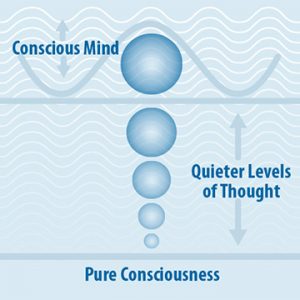
During TM practice, the mind effortlessly experiences quieter levels of thought, transcending thought and experiencing pure consciousness
The early proponents of positive thinking may well have been advanced souls, able to station their awareness in pure consciousness. To do so is part of our potential as humans, and Transcendental Meditation, while highly effective, is not the only way to get “there.” Naturally able to do it, they assumed others could, too.
But the fact is that most of us simply cannot bring our minds to that deep, silent level without an effective technique. Many people who grasp the conceptual truth that there is an infinite source of creative power within us that we can tap into and use have become frustrated because their wishes have not quickly become fulfilled.
The real “secret” is to transcend, to open our awareness to the field where all the laws of nature silently reside in a unified, unexpressed state. With regular practice, we become capable of living and thinking from that level, projecting our thoughts from that realm of unlimited potential.
With regular practice, we become capable of living and thinking from that level, projecting our thoughts from that realm of unlimited potential.
Jack Forem met Maharishi Mahesh Yogi and learned Transcendental Meditation in 1966. After studying with Maharishi in India in 1970, Forem taught TM in the United States and internationally, led conferences and seminars on creativity and higher states of consciousness, and wrote this best-selling book on Maharishi and TM.
Order your copy of Transcendental Meditation here ►


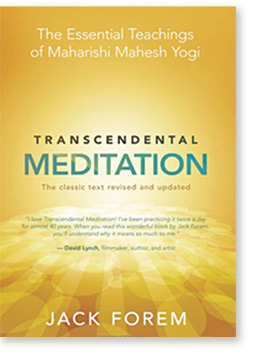
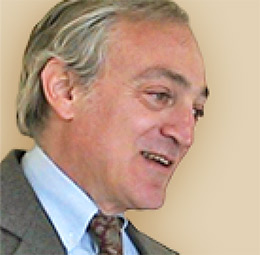

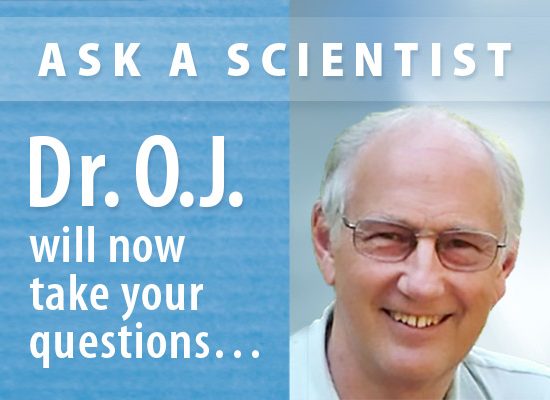

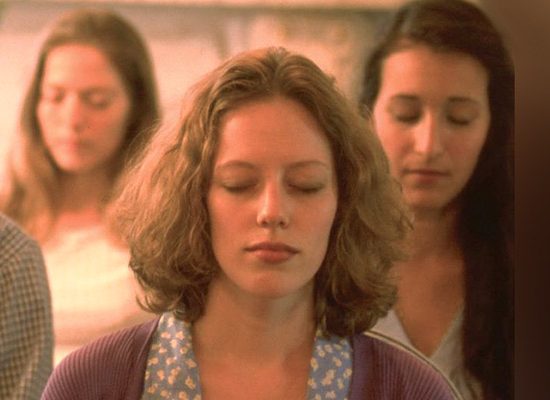
Start TM as young as possible and keep with it as regularly as possible. Also learn an advanced technique. Also start the TM-Sidhis. You will always be welcomed at MUM to do the group TM-Sidhis program, where Maharishi recommended that 7,000 practice the TM-Sidhis in Iowa.
Thank you Scott! Here are some links for readers who would like more information on TM Advanced Techniques, the TM-Sidhi program, Maharishi University of Management (MUM) in Fairfield, IA, and the unique small town community there.